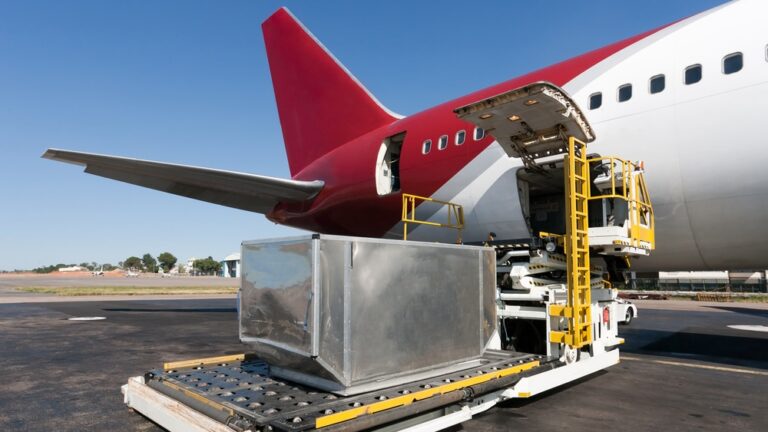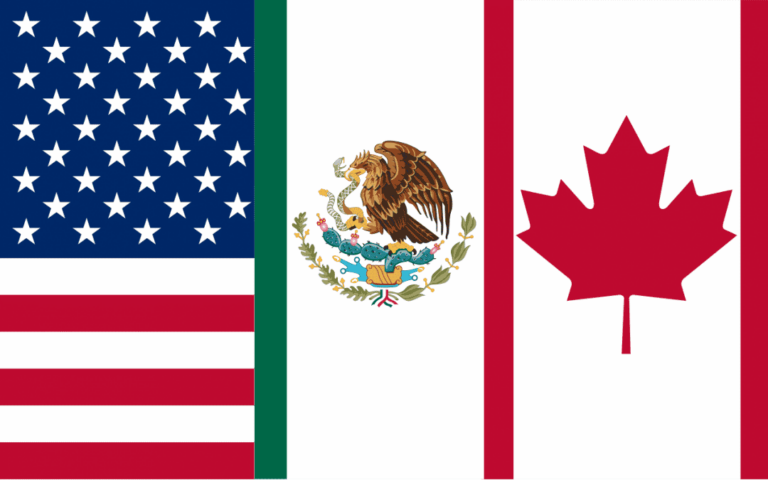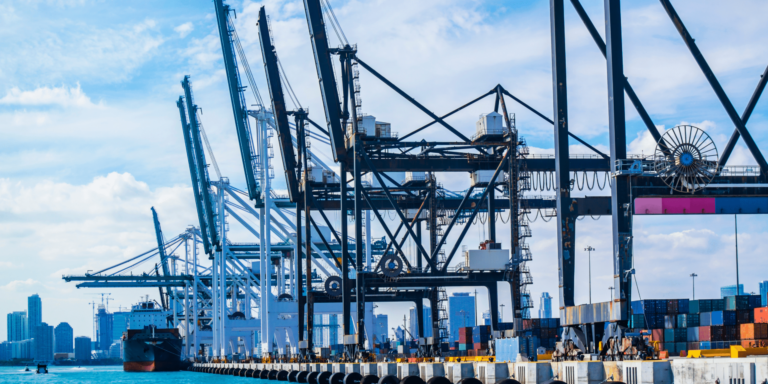2019 Trade Update: Compliance Issues in Focus
As trade compliance professionals, we joke that our family members now finally understand what we do for a living. In fact, 2018 has been the year that anybody with access to a news platform has become well acquainted with the concepts of global trade compliance.
Both shippers and logistics service providers are certainly on the frontlines of executing the trade compliance changes lighting up the current global trade landscape. It has become impossible to miss the impact of these global trade dynamics. Domestic shippers can’t find affordable sources for the materials that they need to build their products. Companies whose products were once duty free now have duties to reconcile into their forecast.
Without a doubt, there’s a micro-focus on global trade compliance in a way that even the most diligent companies could not have predicted. There’s now heavy accountability for shippers, as so many importers and exporters rely on freight forwarders and Customs brokers to make their export and import declarations.
With that in mind, it’s now imperative that shippers are current with recent trade compliance regulations. Managing client expectations with strategic recommendations. Next, we’ll provide shippers with a review of key trade compliance topics that should be top of mind. Entering the new year as well as some practical advice on how to prepare and manage trade compliance issues in 2019.
1. Tariffs
Many will remember 2018 as the year of tariffs. The Section 201 safeguard tariffs assessed tariff quotas on imported solar panel components (starting at 30%) and residential washing machines (starting at 20%) from any country.
Section 232 national security tariffs were assessed on specified imports of steel (25%) and aluminum (10%). The Section 301 unfair trade practice tariff applied 10% to 25% tariffs on thousands of individual goods of Chinese origin with a still-developing possibility of raising tariff rates higher and expanding the product list wider as 2018 draws to a close.
Both shippers and logistics service providers can build a strategic approach toward the Section tariffs in the new year. First and foremost, we recommend that shippers work with clients to thoroughly review the classification of items subject tariffs,. That clients affected by tariffs conduct thorough classification analysis. Keep in mind that legacy classifications in systems may be outdated or completely incorrect.
Continue
Click here to read entire story-> Logistics Management
———————————————————————————-
Previously published January 8, 2019 | Gabrielle Griffith, Director, BPE Global | Logistics Management








